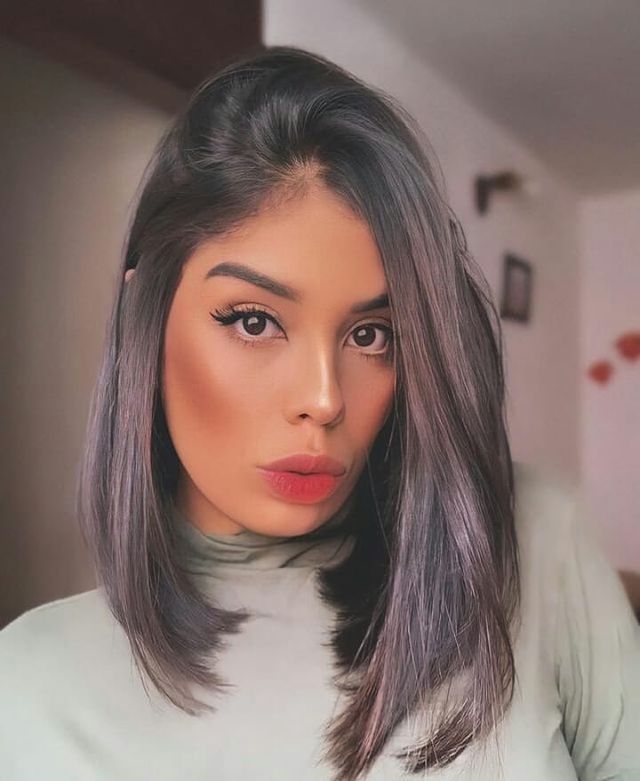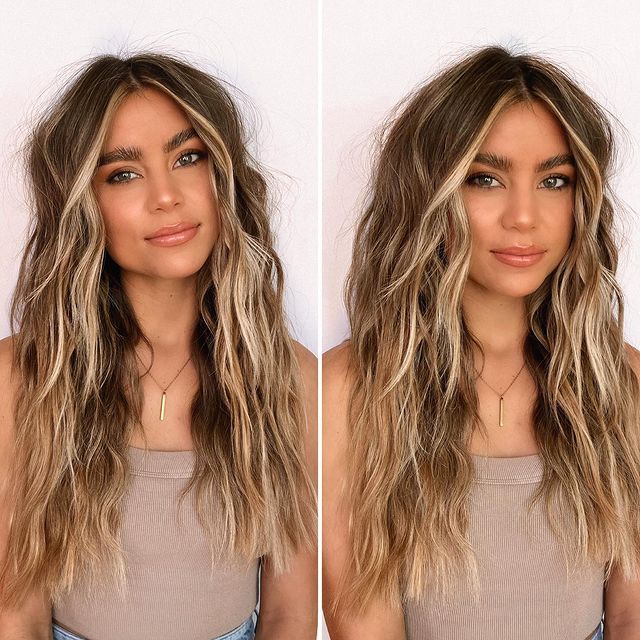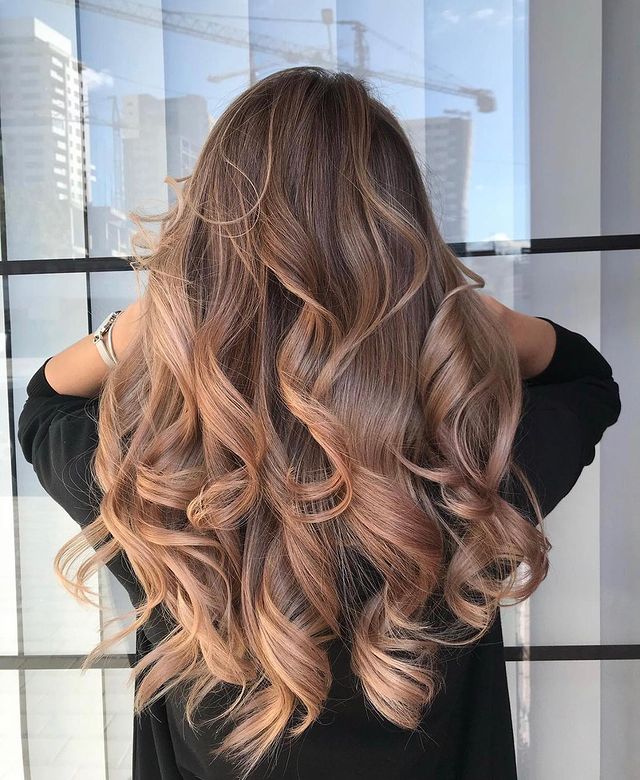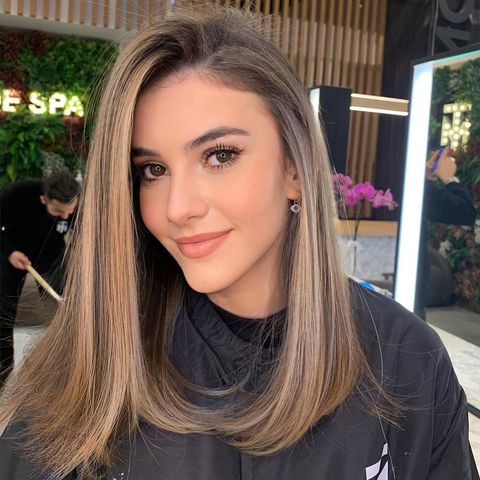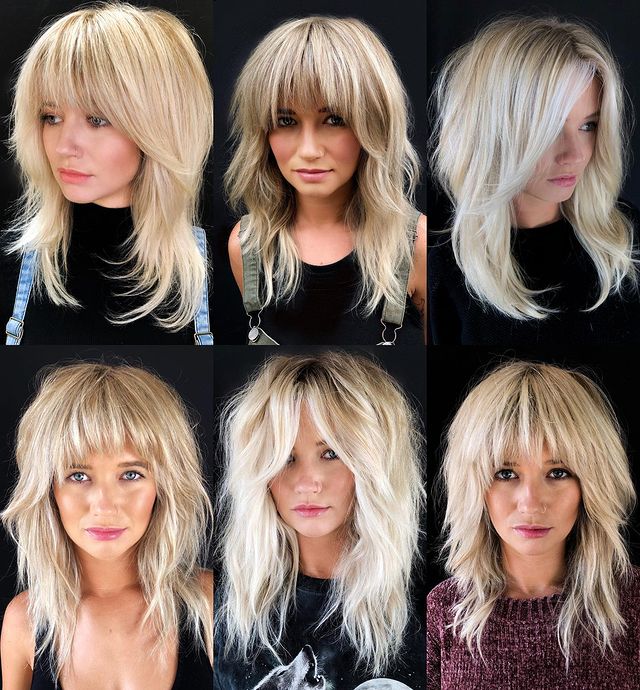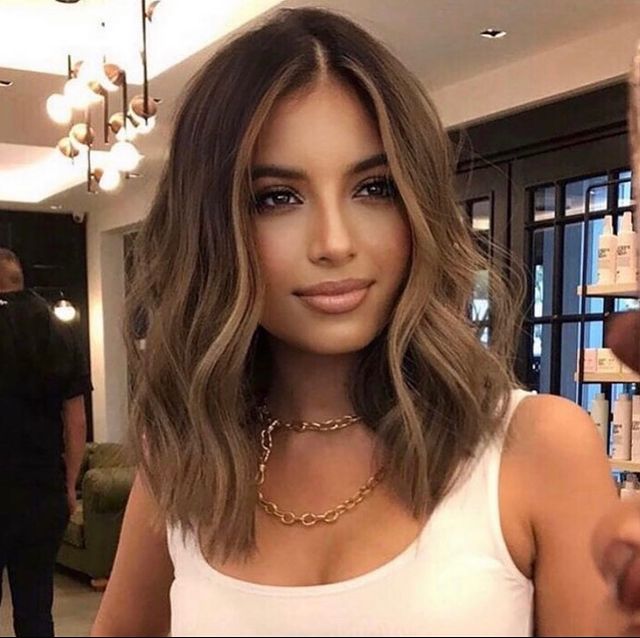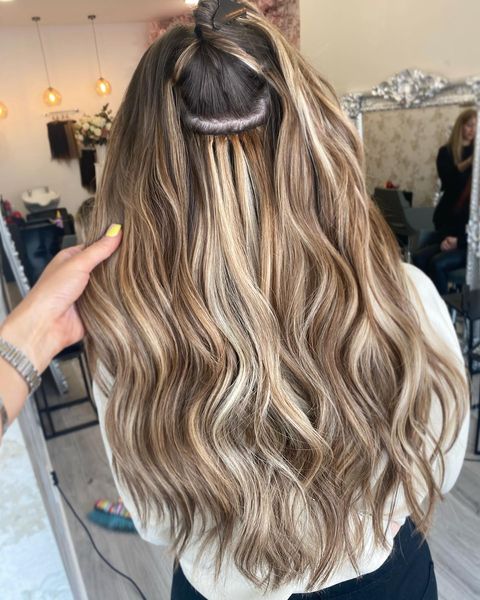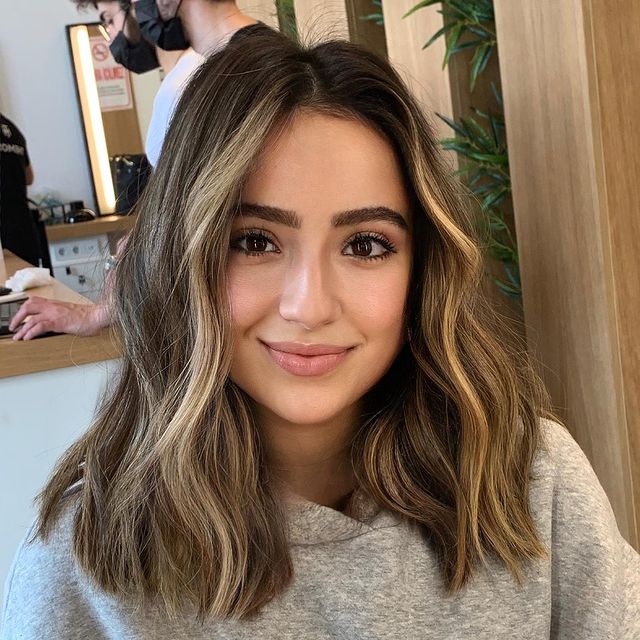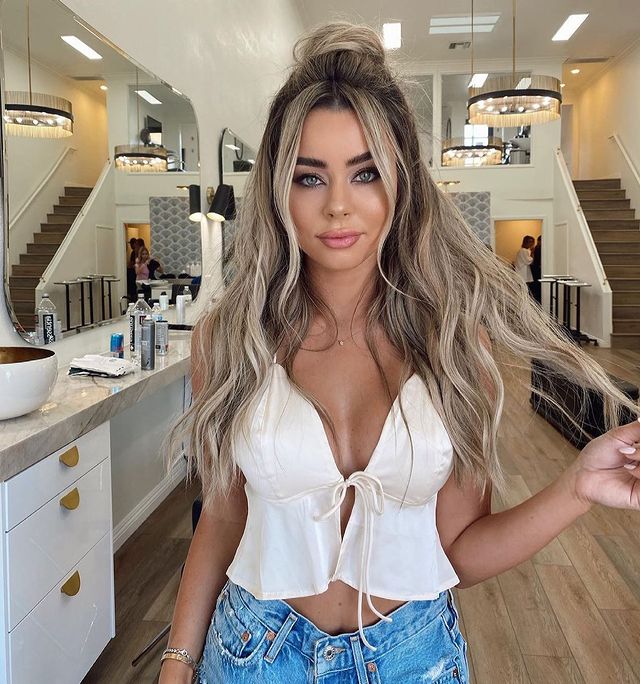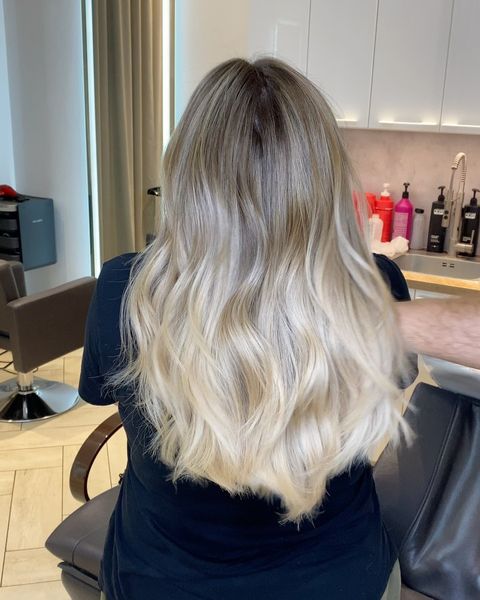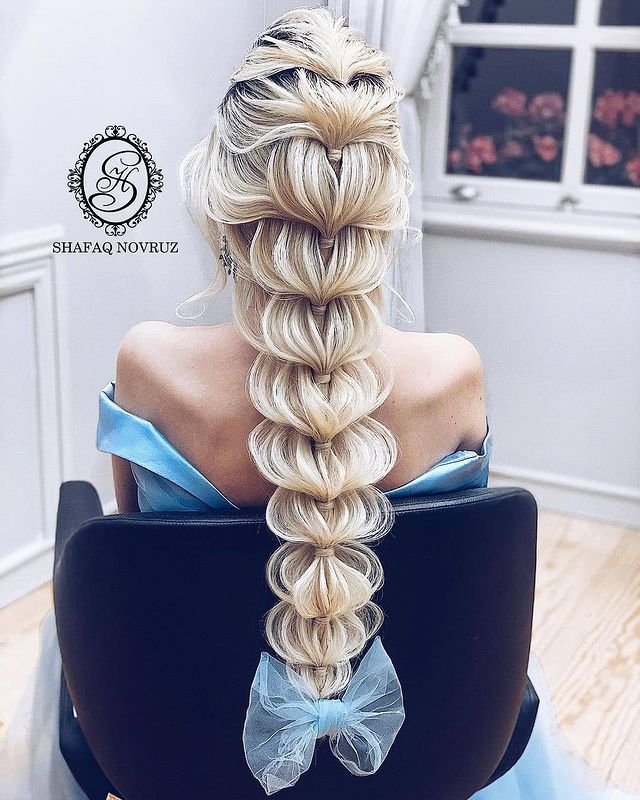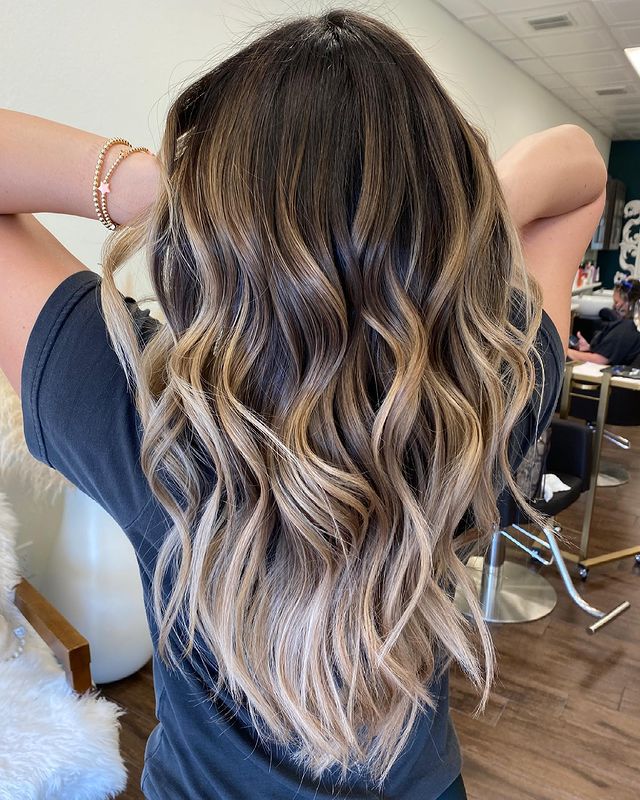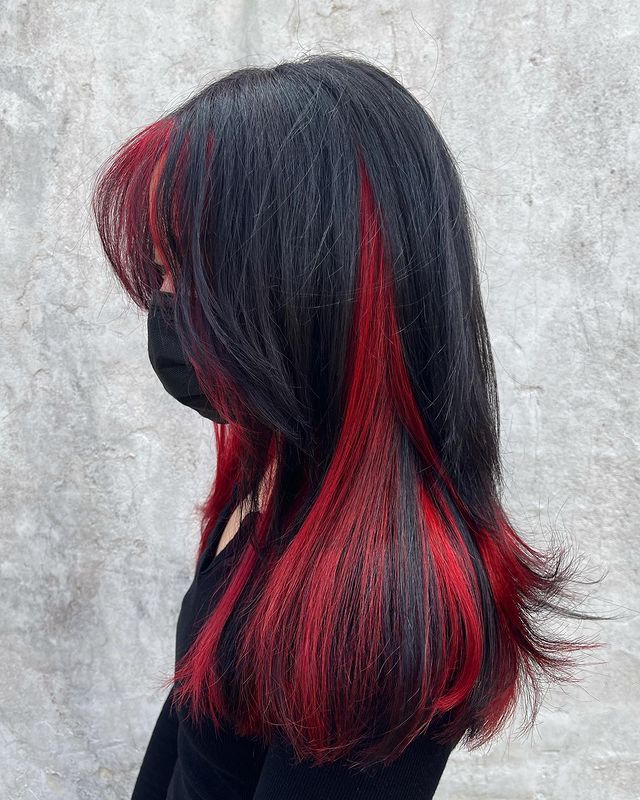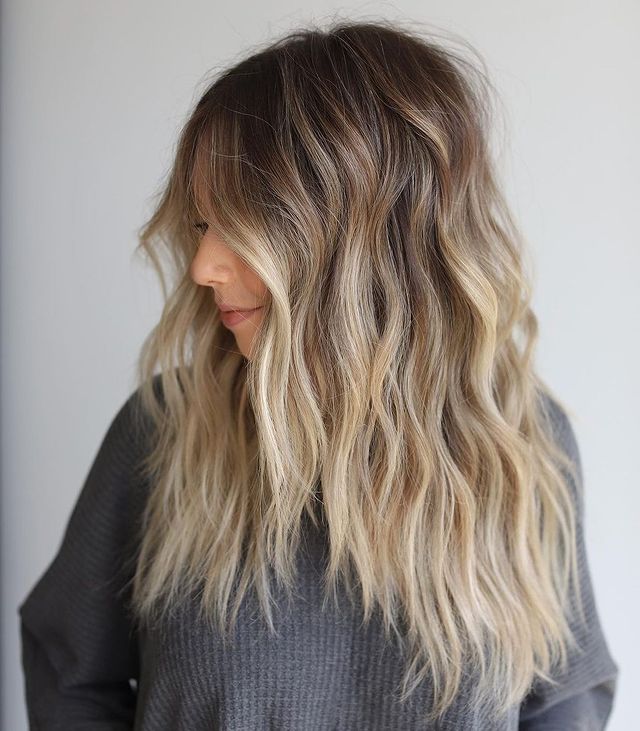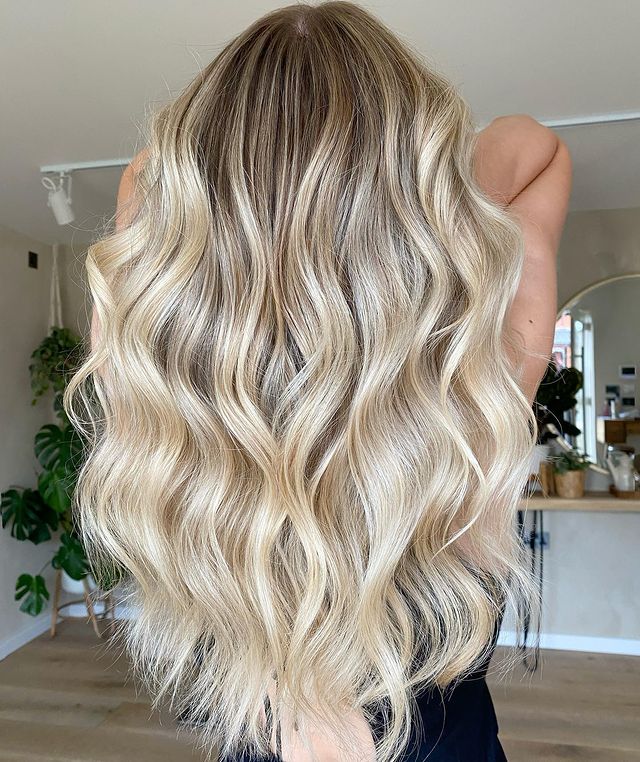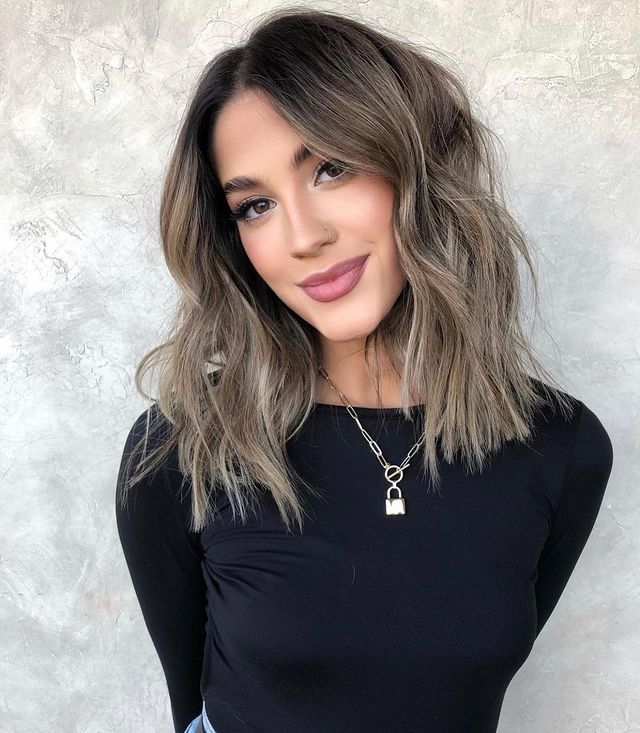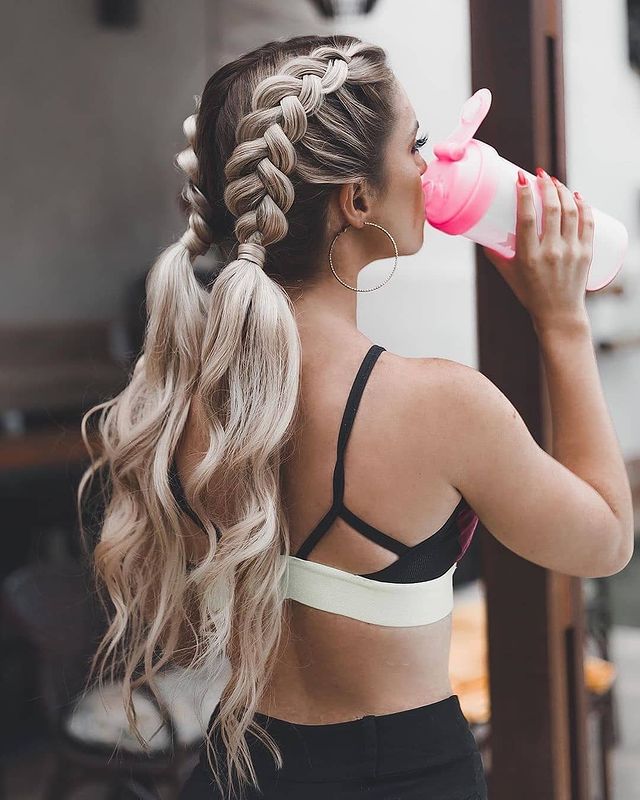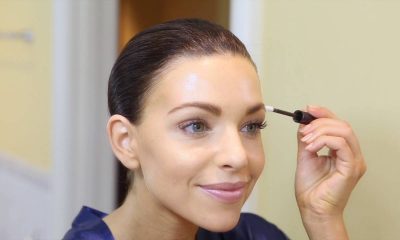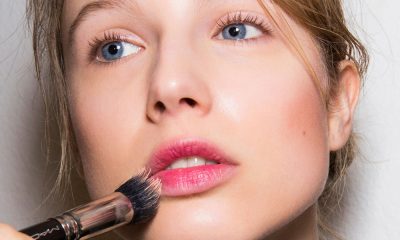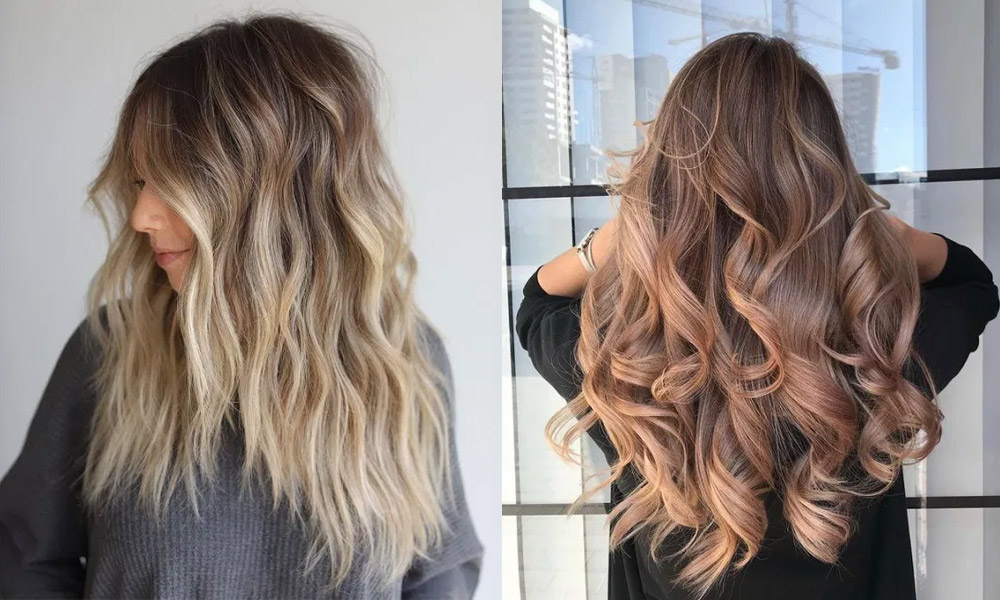
Whether you’re experiencing regret over a new short hairstyle or have naturally thin, slow-growing strands, hair extensions seem like a magic solution for achieving instant longer, thicker hair without the struggle of growing it out. While extensions can be awesome, it can also be very difficult to get them to look natural and blend in with the rest of your hair. A natural look is very important when it comes to hair extensions. When hair extensions don’t look real, it’s glaringly obvious. You end up with choppy layers, weird bumps in your hair, an unnatural color gradient, and the overall off-putting look that you’re wearing an ill-fitting wig.
So how do you get hair extensions that look as real as the undetectable artificial strands sported by countless models and celebrities? Contrary to popular belief, you don’t have to spend thousands of dollars on a set of extensions to keep your artificial length on the low. If you choose the right extensions, apply them correctly, and take good care of them, no one will be able to tell where your extensions end and your real hair begins.
1. Get the Right Color
One of the biggest mistakes women make when they buy a set of hair extensions is choosing the wrong color. Hair comes in countless different colors, so it’s unlikely that you will be able to find pre-made hair extensions that match your natural hair. Even the slightest shade difference between your extensions and your real hair emphasizes the divide between them and leads to a choppy, unnatural look.
When you get a set of extensions at a professional salon, your stylist should match your hair color with extensions of the same shade. If no extensions exactly match your natural hair, he/she might also suggest either dying the extensions or dying part of your hair to make the transition less noticeable. If you purchase clip-in extensions to apply yourself, take them to a salon to get them professionally colored to blend in with your hair.
2. Consider Your Length
Contrary to popular belief, you can attach extensions to hair of almost any length. If you have a full-on pixie cut, you’ll have to wait for your strands to grow a little longer before you head to the salon for extensions. However, once your natural hair length reaches the bottom of your earlobe, most salons will give you the go-ahead for extensions.
The length of your hair should dictate which type of extensions you choose. It is much easier to blend clip-in extensions into longer, layered hair and achieve a smooth transition. If you have a shorter cut, it usually works out better for you to get your extensions applied professionally. Trying to blend extensions into short layers yourself is a frustrating and tedious process that can lead to a mullet look if attempted by inexperienced hands.
3. Pick a Type
There are many different types of hair extensions, each of which comes with its own benefits and limitations. The best type of extensions for you depends on your hair, price range, and expectations. Professional salons usually offer tape-in, sew-in, and bonded extension options. Sew-in and bonded hair extensions are usually more durable and have a more natural look and feel than tape-in sets. If you’re looking for lower-maintenance extensions you can wear and remove whenever you please, a clip-in set is likely your best option.
The material of your hair extensions is also something to take into account. Most sets of extensions are made from either human hair or synthetic plastic fibers. Human hair extensions are usually pricier than synthetic sets, but they are also more durable and look more natural. Frequent washing and heat exposure can take a major toll on synthetic extensions, so spring for human hair if you’re a chronic blow-dryer who shampoos daily. If you don’t use heated styling tools on a regular basis and go multiple days between washes, synthetic extensions might be a fine option for you.
4. Make an Investment
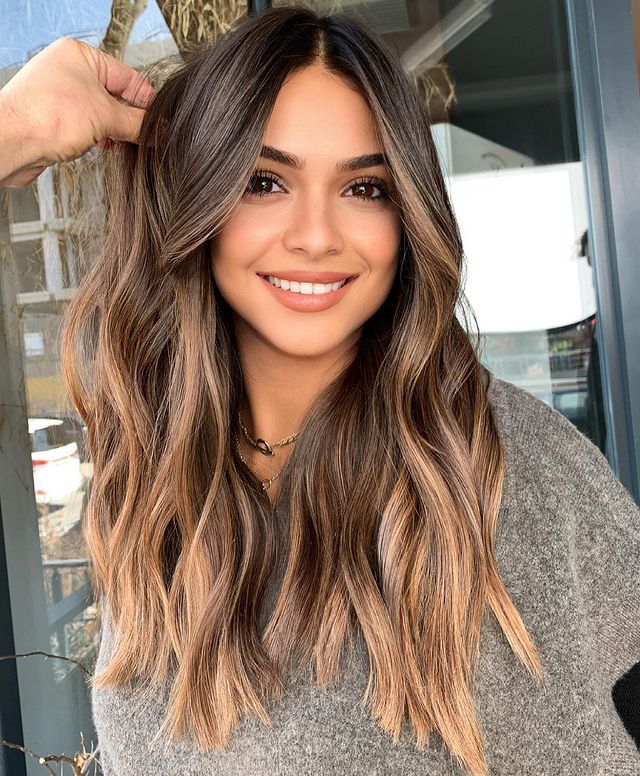
While it isn’t necessary to spend as much money on hair extensions as Kylie Jenner does, that doesn’t mean you should go for the cheapest option out there. You can find inexpensive hair extensions, but they’re almost certainly going to look less natural than a set that costs a little bit more.
Depending on the type of extensions you want, you should expect to spend at least a few hundred dollars on a quality set of extensions. Clip-in extensions are usually your cheapest option, while keratin bond extensions are a much pricier choice. Your investment will pay off in the long run, since higher-end extensions last much longer and look much more natural than those of lesser quality. Just make sure to take good care of your extensions to help them stay in top condition for as long as possible.
5. DIY or Don’t
When you make up your mind that you want hair extensions, your next choice is deciding whether or not you want to attach them yourself or leave that job to the professionals.
Clip-in extensions are generally the cheapest type of extensions. Attaching them yourself at home saves you money and frees you from the commitment of professionally-applied extensions. However, it can be very difficult to make clip-in extensions look natural. If you’re really worried about keeping your extensions undetectable, head to the salon instead.
6. Take Care of Your Extensions
Taking good care of your extensions is the key to keeping them in excellent condition so that they look natural for as long as possible. Even if your extensions are heat and product-safe, minimize the amount of heat and chemical products you use on them. Always be gentle with your extensions, and use special combs and brushes when styling to avoid damaging or loosening them.
Also, keep up with your salon appointments. As your natural hair starts to grow out, your extensions become less secure and more susceptible to damage. Most salons advise that you come in for a touch-up every six to eight weeks. However, this timing varies depending on your hair and the type of extensions you have, so ask your stylist for his/her recommendation.
7. Avoid Damage
If you don’t wear them the right way, hair extensions can potentially cause lasting damage to your natural hair. This damage leads to breakage and hair loss over time, which thins out your natural hair, slows down growth, and makes it more difficult for your extensions to stay secure.
Avoid damaging your natural hair from the start by choosing the right kind of extensions for your hair. If you have thick, curly or textured hair, weave extensions put the least amount of stress on your natural hair. If you have straight hair, keratin bondings are your best bet for low-resistance extensions that won’t pull on your strands.
Hair extensions are meant to enhance your natural hair, not replace or destroy it. Use this guide to help yourself make smart decisions about the type of extensions you get and how you maintain them to ensure you end up with the best, most natural-looking set of hair extensions for you.
